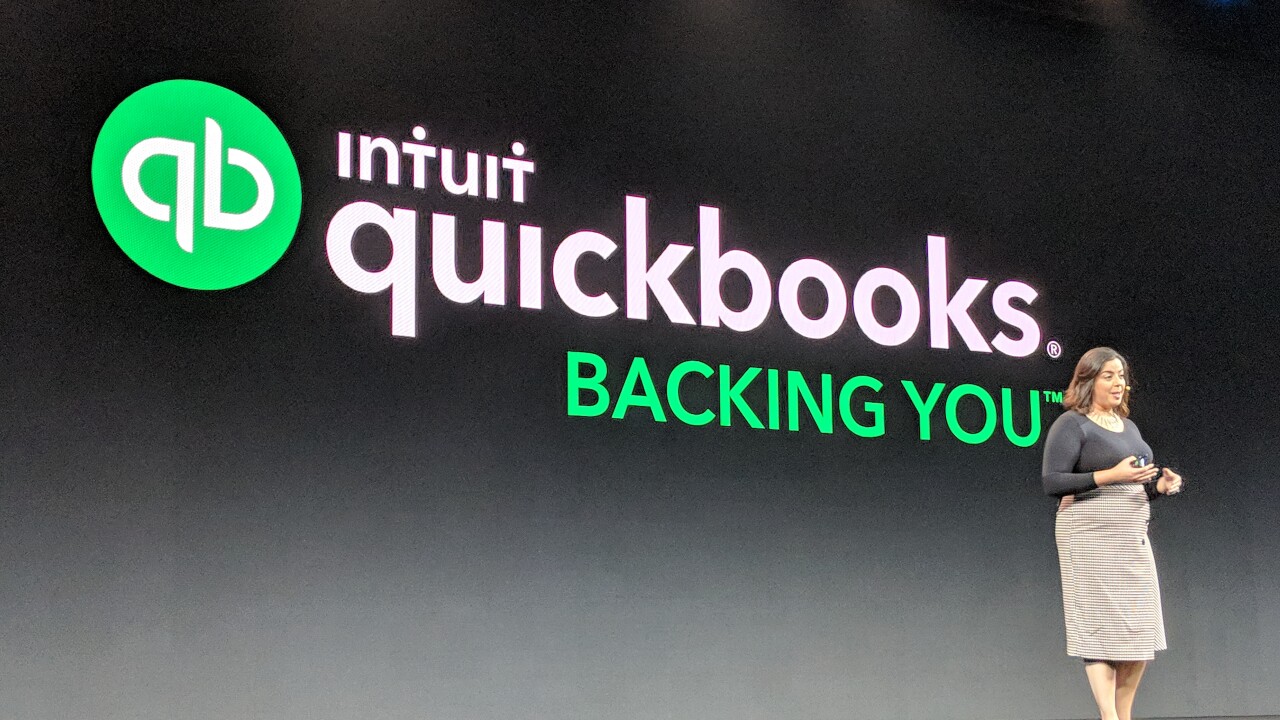Field auditors examining taxpayer claims for research and development credits are pursuing a relatively new line of questioning: "What’s your nexus?"
Common in other areas of tax, the concept of nexus is a sticking point in audits for R&D credits. Nexus refers to the connection between a qualified activity (business component) and its qualifying expense. The IRS wants to see in documentation the direct connection between the qualified wages a taxpayer claims and the qualifying business component they spent it on. Often this comes down to proving “who” worked on “what.”
Nexus-creating activities
Federal and state research credits are available to American companies that conduct R&D activities on U.S. soil. Both large and smaller businesses in a wide range of industries may be eligible to claim these highly lucrative credits, provided the claims are audit-ready. Increasingly, this means providing documentation that establishes a clear and concise connection between who worked on what for a project claiming R&D credits.
The IRS requirement that companies demonstrate nexus has evolved over the years. In a 2004 briefing paper, the IRS describes various approaches to capturing costs and ways to resolve the problem of a lack of nexus as well as the concept that business components are to be tied to qualified expenses and activities.
The IRS followed up this briefing paper with Industry Directives in 2007 (LMSB-4-0307-025), 2008 (LMSB-04-0508-030) and 2009 (LMSB-4-0608-035) that further highlight the potential taxpayer problems in not properly establishing activity nexus. “The credit involves the verification of both research costs and research activities and the cost to activity nexus is often difficult to establish,” said the 2008 directive.
Scrutiny over nexus has since increased at both the federal and state levels. Taxing authorities now frequently request from a taxpayer a list of wages by business component in Information Document Requests. In order to prove nexus, the IDR requires a taxpayer to provide documentation demonstrating how each associate worked on that specific project. For every credit claim, this means showing how a member of executive management, an engineer or other employee was directly involved in the R&D of a qualifying business project.
Under the guidelines, how you capture costs is not as important as how you identify expenses, known as qualified research expenses (QREs). Studies that identify Qualified Research Activities (QRAs) by business component capture research costs of each project in a way that generally establishes the required nexus.
Demonstrating nexus

IRS audit guidelines identify a preference for this “business component” method of qualifying cost as a proven way to substantiate nexus. While timesheets aren’t required to claim an R&D credit, proving individuals worked on a particular project is easier with them. With time reporting systems, line items generally identify each associate by project and expense. This closely ties a business component to how an associate worked on that project and can be used to verify how much of each employee’s time qualifies for the credit.
Without time reporting systems, confirming a connection can be more onerous. The IRS issued two Audit Technique Guides in 2005 and 2008 that do not explain what documentation is enough to substantiate research tax credits, so taxpayers have the latitude to create a preponderance of evidence from any number of documentation sources.
Meeting notes that show who was in attendance, the project discussed, and next steps can be used to validate certain individuals are working on a project. Documentation that includes design specifications, methodology and workpapers can also be used to support who worked on a project and the functions they performed. Other forms of proof for nexus might include:
- Scrum team lists with project members and the products they worked on;
- User stories and other testing artifacts;
- Patent applications; and
- Lessons learned as described in post-project documents.
Audit risk in costing methodologies
Various methods taxpayers use to calculate research-related expenses for credit claims continue to be challenged under audit, particularly when expenses aren’t closely tied to a specific business project. QREs must be classified by business component to pass muster with auditors. Accounting records that capture costs using approaches other than business component do not establish nexus. These include calculations based on cost center or hybrid accounting, which may be open to challenge during audit.
Common Research Credit Calculation Methods | ||
Business Component or Project Accounting | Cost Center or Departmental Accounting | Hybrid Accounting |
Captures research costs at the business component level, generally establishing the required nexus | May not always provide traceable nexus between QRAs and related costs | Blends cost center and project accounting methods, adopting portions of each approach for which records are most easily available |
Audit-ready | Open to challenge during audit | Open to challenge during audit |
Claiming a research credit doesn’t increase a taxpayer’s audit exposure. But when claiming a credit, a taxpayer must provide audit-ready documentation in case the claim gets flagged for audit. This means proving nexus by business component. For companies pursuing R&D credits, establishing a framework upfront for satisfying nexus will make meeting nexus recordkeeping requirements and claiming the credits easier.





